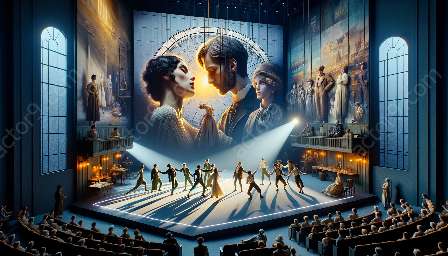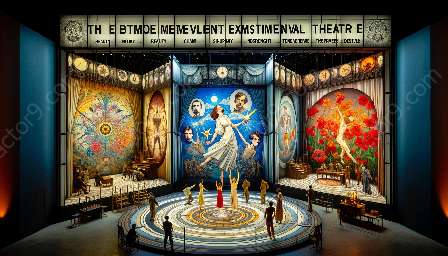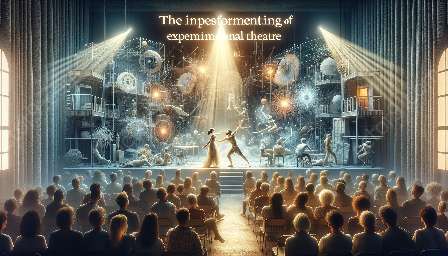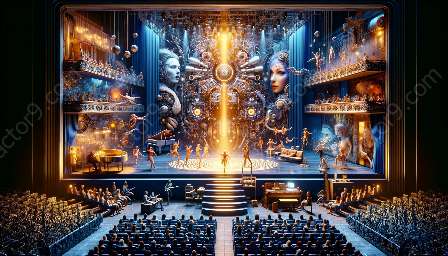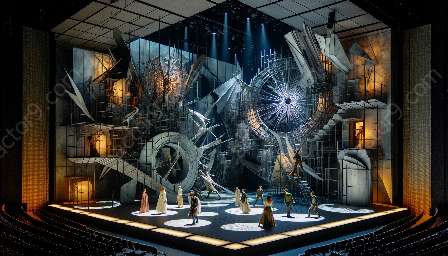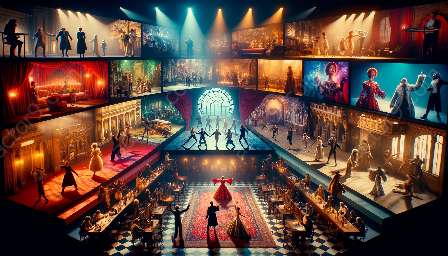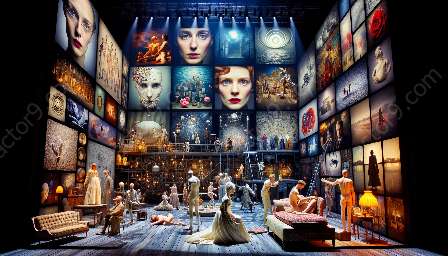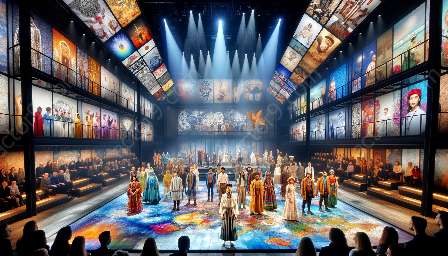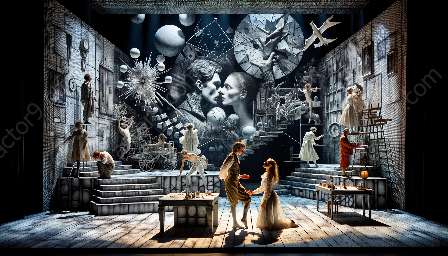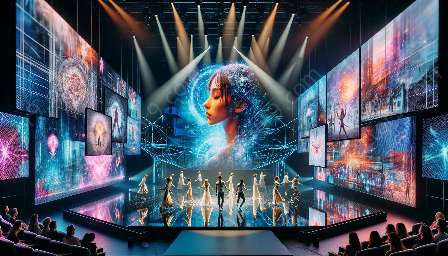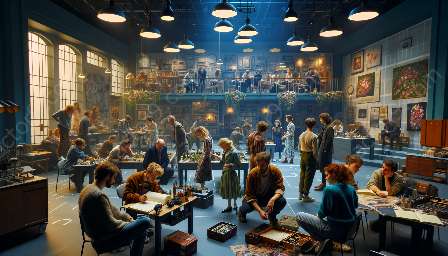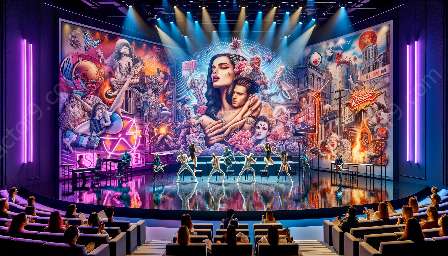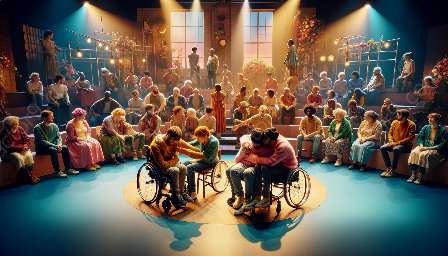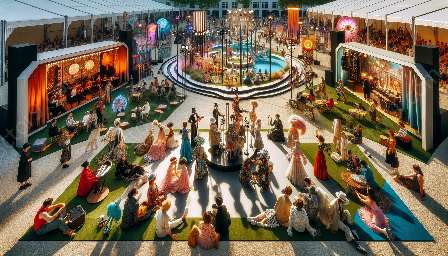Experimental theatre has long been a platform for pushing boundaries and exploring unconventional storytelling techniques. In the context of addressing environmental and spatial concerns, experimental theatre offers a unique and immersive approach that combines multimedia elements to engage audiences in thought-provoking experiences.
Understanding Experimental Theatre
Before delving into how experimental theatre addresses environmental and spatial concerns, it is essential to understand the core tenets of this art form. Experimental theatre, also known as avant-garde theatre, encompasses a wide range of approaches that defy traditional norms and conventions. It often incorporates innovative staging, non-linear narratives, audience participation, and unconventional use of multimedia, creating an environment where the boundaries between performer and audience, reality and fiction, and space and time are blurred.
Embracing Environmental and Spatial Concerns
Environmental and spatial concerns are increasingly urgent issues in today's world. From climate change and urbanization to the degradation of natural landscapes, the intersection of human activity and the environment has become a focal point of global discourse. Experimental theatre offers a platform for artists to address these concerns in a visceral and impactful manner.
One way experimental theatre addresses environmental concerns is by immersing audiences in multisensory experiences that evoke the beauty of nature or the consequences of environmental degradation. Through the use of multimedia elements such as projection mapping, soundscapes, and interactive installations, experimental theatre can transport audiences to otherworldly landscapes, highlighting the importance of preserving natural environments.
Furthermore, experimental theatre can confront spatial concerns by reimagining traditional performance spaces. Site-specific performances, which take place in non-traditional venues such as abandoned buildings, public parks, or makeshift outdoor stages, challenge the notion of theatrical boundaries and invite audiences to reconsider their relationship with physical spaces. By breaking free from conventional theatre settings, experimental productions can prompt audiences to engage with their surroundings in new and unexpected ways, fostering a deeper connection to the environment.
Multimedia and Immersive Experiences
Central to experimental theatre's approach to environmental and spatial concerns is the seamless integration of multimedia elements. From video projections and interactive digital interfaces to live music and sound manipulation, multimedia provides experimental theatre with a versatile toolkit for creating immersive experiences that resonate with audiences on a sensory level.
Through the use of multimedia, experimental theatre can simulate natural landscapes, urban environments, or imagined worlds, enabling audiences to explore the complex relationships between humans and their surroundings. Interactive technologies, such as augmented reality and virtual reality, further expand the possibilities for engaging with environmental and spatial themes, allowing audiences to actively participate in the narrative and interact with virtual environments.
Challenging Conventional Narratives
Experimental theatre's engagement with environmental and spatial concerns extends beyond mere representation and simulation. It challenges conventional narratives and interrogates societal attitudes towards the environment and spatial dynamics. By disrupting linear storytelling and embracing non-traditional performance structures, experimental theatre invites audiences to question their preconceptions and contemplate the interconnectedness of human existence and the natural world.
Moreover, experimental theatre often blurs the boundaries between the performer and the environment, incorporating site-specific elements that dissolve the separation between the stage and the surrounding space. This blurring of boundaries reinforces the idea that environmental and spatial concerns are not isolated issues but intertwine with every aspect of human experience.
Conclusion
Experimental theatre's approach to addressing environmental and spatial concerns through multimedia integration represents a bold and innovative frontier in artistic expression. By offering immersive, multisensory experiences that challenge conventional storytelling and spatial dynamics, experimental theatre compels audiences to confront urgent global issues in ways that transcend traditional modes of engagement. As environmental and spatial concerns continue to shape our collective consciousness, experimental theatre stands as a potent medium for fostering dialogue, introspection, and transformative experiences.


